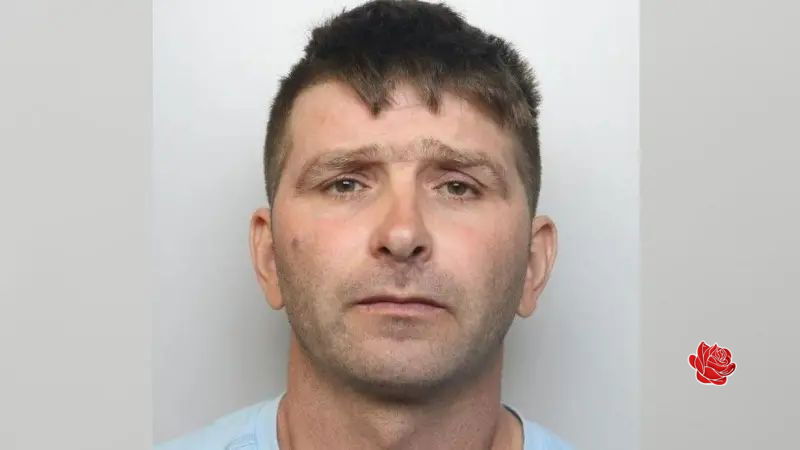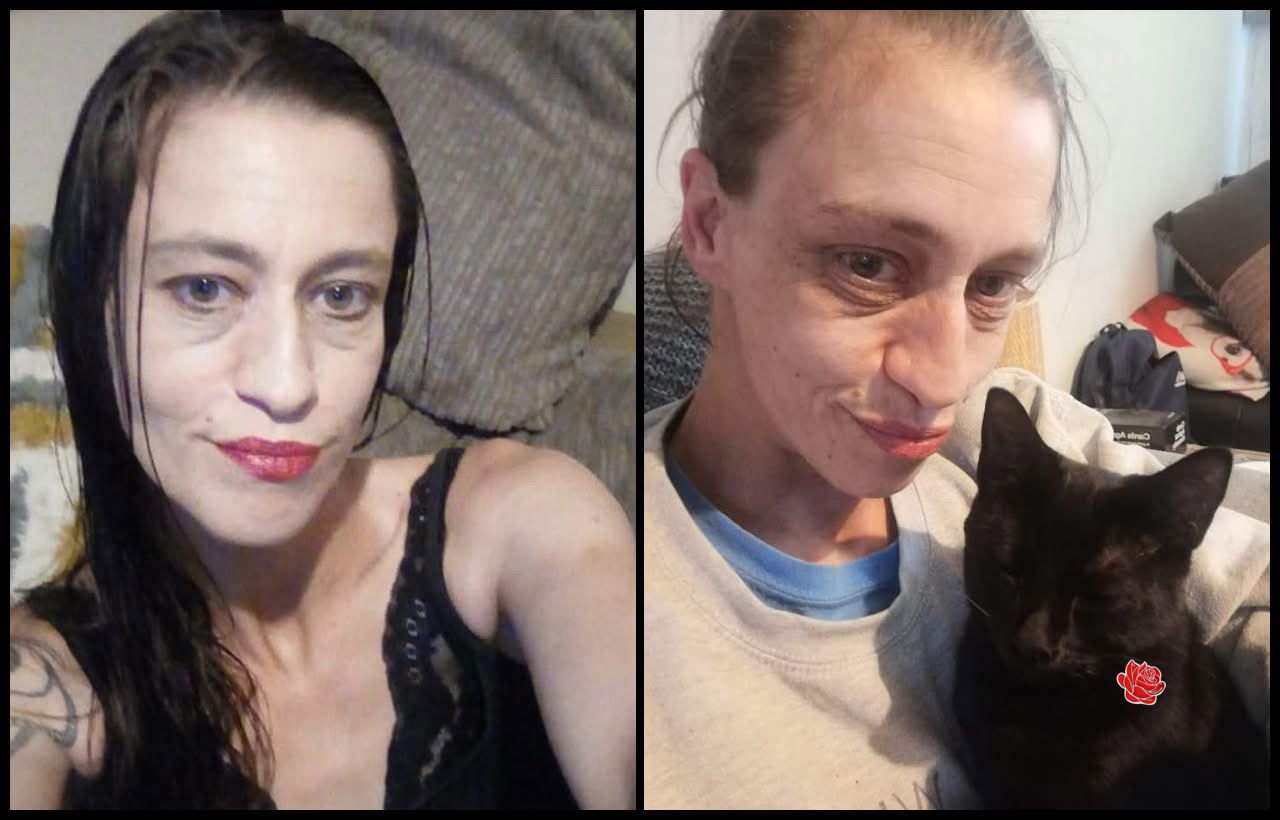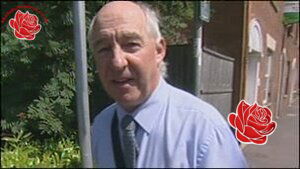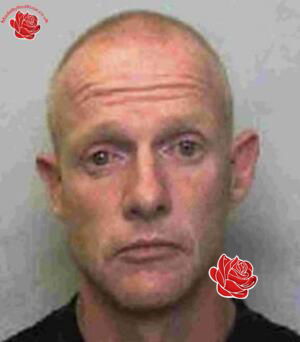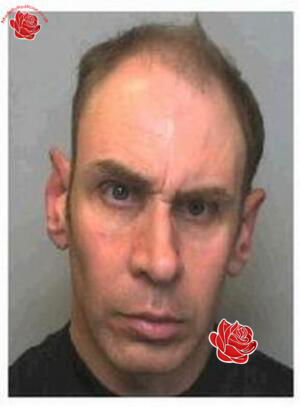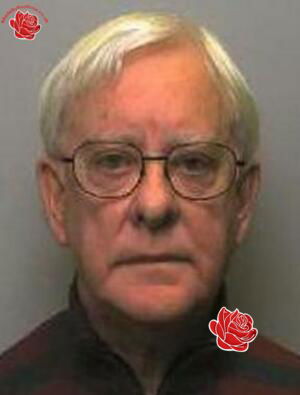Alistair Bruce's Social Media Accounts
Know a Social Media Account Linked to Alistair Bruce?
Want to add information? Log in to your account to contribute accounts and phone numbers.
ALISTAIR BRUCE FROM BRIDGWATER ESCAPES JAIL AFTER BEING CAUGHT WITH CHILD SEX PHOTOS
In July 2003, a highly controversial case drew public and official criticism when a man named Alistair Bruce from Bridgwater was permitted to walk free from court despite being found in possession of a disturbing collection of child sexual images.The images, which Bruce had downloaded onto his computer, depicted children as young as two years old engaged in explicit acts. These photographs were considered to be among the most depraved and disturbing examples of child exploitation, highlighting the severity of the material involved.
Bruce, aged 39, appeared before Taunton Crown Court in Somerset, where the presiding judge, Graham Hume Jones, decided to impose a relatively lenient sentence. Instead of a custodial sentence, Bruce was given a two-year rehabilitation order, a decision that drew sharp criticism from law enforcement officials and child protection advocates alike.
Police expressed their frustration with the outcome, describing the sentence as inadequate given the nature of the crimes. They emphasized that the case was handled in accordance with the national guidelines, which they claimed were clear and precise.
Michelle Elliott, representing the pressure group Kidscape, voiced her disapproval publicly, stating, “We should give everyone who does this sort of thing five years in jail. What are the courts saying to people? That child pornography isn’t really that serious?”
Judge Graham Hume Jones explained that his hands were tied in terms of sentencing because only 12 specimen charges had been formally brought against Bruce. He indicated that the legal process limited the scope of charges, despite the fact that police and prosecutors believed there was sufficient evidence to pursue more serious charges.
The Crown Prosecution Service (CPS) responded to the criticism by asserting that it was not feasible to indict all 300 images as separate charges. A CPS spokeswoman clarified that pursuing such a large number of charges would be time-consuming and would not significantly alter the sentence imposed.
Overall, the case has sparked debate about the adequacy of sentencing for crimes involving child exploitation images and the legal constraints faced by prosecutors in such cases, especially when dealing with digital evidence and multiple charges.

